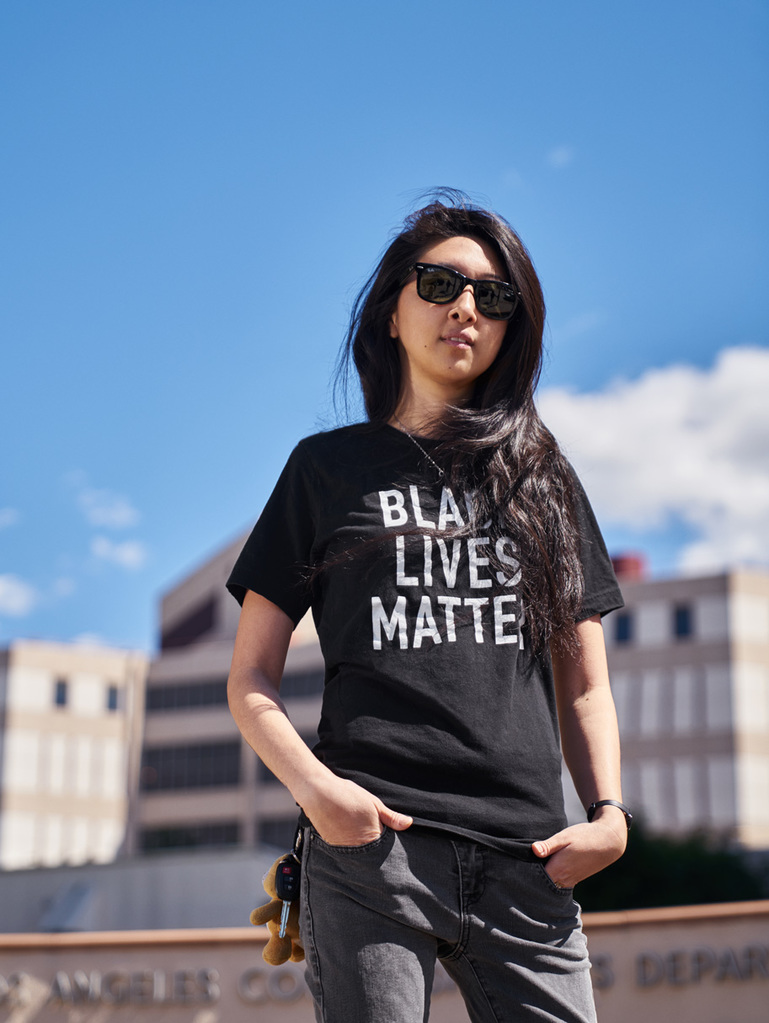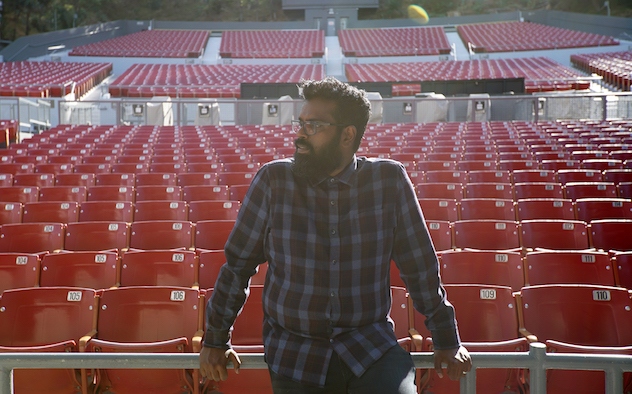Esther Lim says she can’t forget the kids she met in juvenile correction facilities in which, as a grad student, she worked as an intern interested in pursuing criminal justice system reform.
Of them, one young man had been shuffled from foster home to foster home before landing in juvenile detention centers, in many ways a classic school-to-prison pipeline story. She next saw him in the jails, and then in prison, where he still resides. “This kid went from one institution to the next because we had failed him in all these different aspects of his life,” she said. “It’s a revolving door, in and out.”
Lim’s spent 15 years trying to change that broken system. As the director of the American Civil Liberties Union Southern California’s Jails Project, she functions as the court-appointed eyes and ears that monitors, and advocates improvements for, the conditions of Los Angeles’ jail system.
Hers is arguably among the most widely encompassing jails monitor jobs in the country. Los Angeles is home to America’s largest jail system, with more than 17,000 inmates across seven facilities. Lim is on-site at these facilities almost daily to monitor problems that include overcrowding, unsanitary conditions and inmate abuse by authorities.
A native of Southern California, Lim studied criminal justice at California State University Long Beach. Despite opposition from her Korean American immigrant parents, who balked at the thought of their daughter entering group homes for teenage sexual abuse survivors and probation departments for adult offenders, that’s exactly what she did as an undergrad. Her interest was driven by questions of why so many offenders recidivate, or relapse, and why resources to help prevent them from committing new crimes were so slim.
In 2010, she joined the ACLU as a jail monitor. “[Jails] are not populations people are empathetic towards,” she said. “Our society is built on the idea of, any societal ills are solved by outright incarceration. But we should ask, who are we incarcerating? Can we get them into alternatives to incarceration?”
Just a year into the work, she found herself at the center of a national conversation about abuse in jails when she witnessed firsthand two deputies beating up a defenseless inmate, James Parker, inside the Twin Towers Correctional Facility.
Lim had been inside the facility doing her day-to-day monitoring work when she heard noises that sounded like a fight. She went to investigate through a window and saw Parker on the ground, unconscious, being kicked and tasered. The case led to media scrutiny and an FBI probe. Meanwhile, Lim and her team worked to gather testimonies and statements from those who had experienced or witnessed authorities using excessive force inside the jails, filing a lawsuit and advocating for training and camera installations. In 2014, as a result of increased pressure on the Sheriff’s Department, hundreds of cameras were installed inside the jails.
“How I view our world is by fairness and justice,” she said. “When they say life isn’t fair, I say, ‘Yeah, life isn’t fair — but what are we doing to make it fair?’”
More than half of the 17,000 inside are not yet convicted, many without the resources to afford high bail. Sitting inside, some lose their jobs. Needs are persistent, from mental health and substance abuse treatment to support for sexual violence victims, medical care for pregnant women and access to religious services. Entire families are affected. In 2015, a Child Trends report based on the National Survey of Children’s Health found that children with incarcerated parents are more likely to develop problems in school.
“We know that jails just don’t work,” she said. “[People who are incarcerated] are not getting the resources and treatment they need when they’re inside the jails, and they’re not getting it on the outside. There are no re-entry services for housing, educational or vocational services. We’re failing people from as soon as they touch the system.”
Ongoing dialogue with the Sheriff’s Department, community partners and other city leaders in her capacity as monitor, and education, which she does through her post as an adjunct lecturer at her alma mater, the University of Southern California’s graduate social work program, form the anchors of Lim’s advocacy.
Another part of it is increased community awareness, she said, including within the Asian American community. She pointed to cultural taboos in talking about incarcerated pockets of the population, despite the disproportionate targeting of minorities in many cases. “We have a lot of APIs who are in our jails system, but we don’t talk about it,” she said. “We ignore it. It’s like, ‘Shame on you.’ The reason we are able to access some privileges is because of the civil rights work in the field of racial injustice done by our black and brown brothers and sisters before us. It affects every single one of us. I wish we talked about it. For us [as an API community] to not engage in that work, it’s a real shame.”
Still, she has seen how the younger generation is rising up to today’s injustices, from March For Our Lives to the Women’s March. “So much of our youth are really engaged in a way that has never happened before on this large of a scale,” she said. “I have a lot of hope for them to change things, where we do engage in subjects that are either uncomfortable or viewed as very shameful.”
Looking forward, she believes system reform in Los Angeles has the potential to be a model for other jurisdictions, especially given its size. According to her, the Jails Project looks to expand, and already has a presence in Orange County and Santa Barbara.
“We need to apply pressure on our lawmakers and local leaders in saying, ‘We want real criminal justice reform,’” she said. The same applies to any issue in any community, she said. “Open up your eyes and do something. This isn’t about having the information and sitting at home. It’s about getting off your butts and attaching action to that.”
This article is a part of a series of portraits and stories, in celebration of Asian Pacific American Heritage Month, on API women who use their perspectives and voices to speak up and impact their communities. Read more here.
Correction: This article previously quoted Lim as advocating for “alternative incarceration.” A correction has been made to “alternatives to incarceration.”






